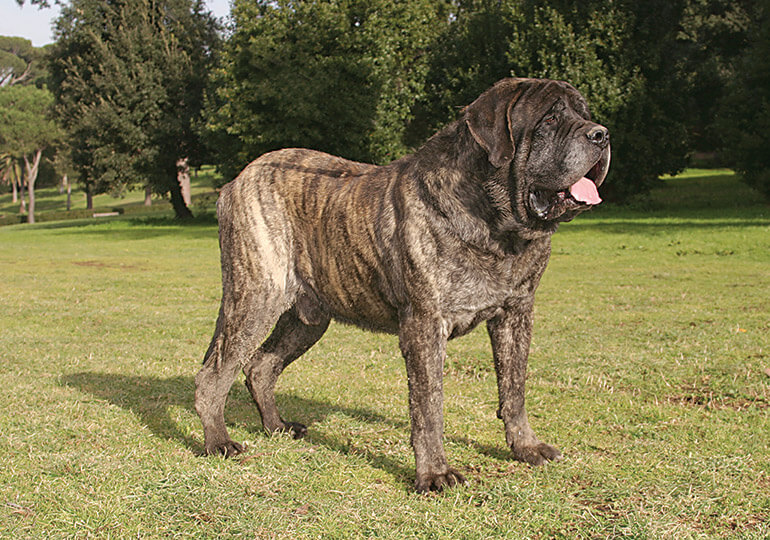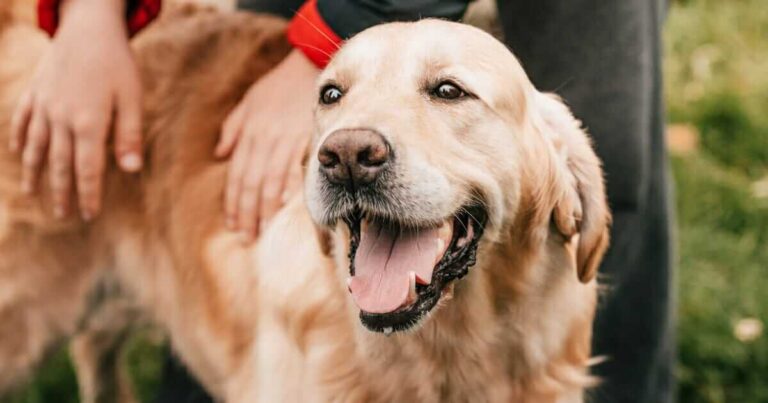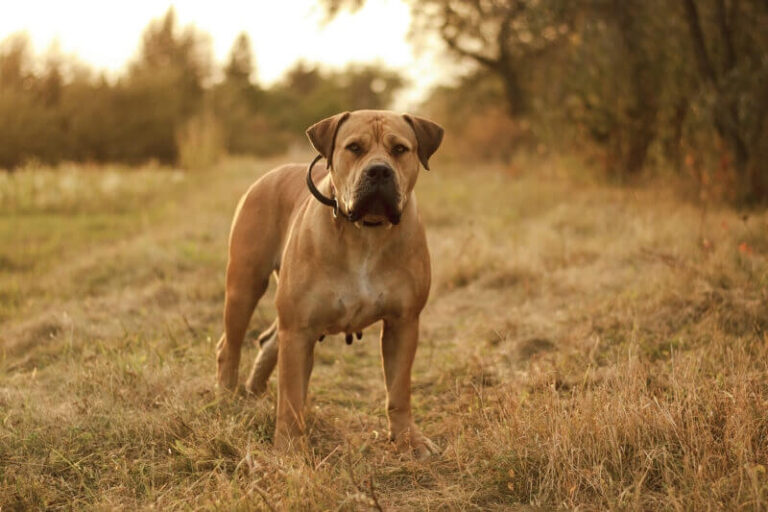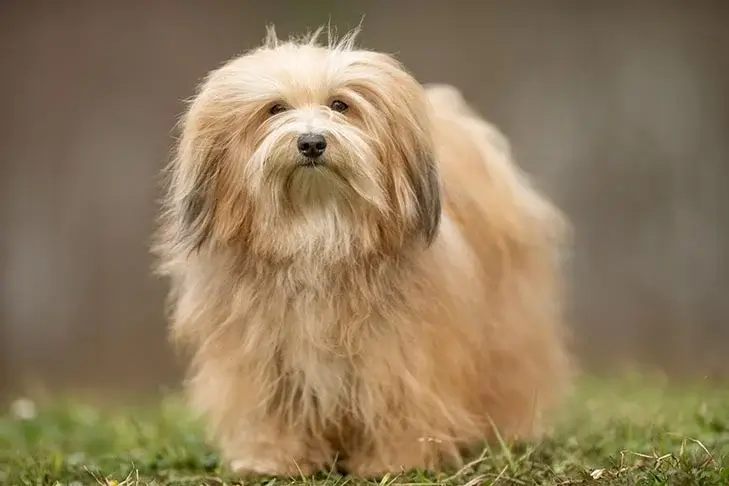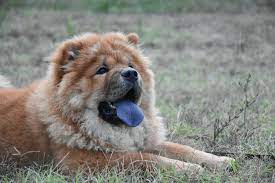Mastiff Dog: Breed Info, Temperament, Lifespan, & Facts
The Mastiff, known for its massive size and gentle demeanor, is a breed that exudes nobility and loyalty. Historically revered for their strength and protective instincts, Mastiffs have been both guardians and companions throughout centuries. These dogs are renowned for their dignified presence and their calm, affectionate nature, making them ideal family pets and reliable protectors.
Contents
History of the Mastiff
Ancient Origins
The Mastiff is one of the oldest and most ancient dog breeds, with a history that dates back over 2,000 years. Originating from the mountains of Asia, Mastiff-like dogs were depicted in ancient Babylonian and Assyrian art, often shown alongside warriors and hunters.
Evolution Over the Centuries
The breed made its way to Britain, where it became a favorite among the nobility and was used as a war dog and guardian. The Romans, impressed by their strength and bravery, took Mastiffs back to Rome to participate in gladiatorial battles. Over the centuries, Mastiffs were bred for size and power, becoming essential guardians of estates and castles in medieval England.
Mastiffs in Modern Times
In the 19th and 20th centuries, Mastiffs were brought to America, where they continued to be appreciated for their guarding capabilities and gentle nature. Today, the Mastiff is a beloved pet, known for its loyal and protective instincts combined with a calm and loving demeanor.
Physical Characteristics

Size and Weight
Mastiffs are among the largest dog breeds, with males typically standing at least 30 inches tall at the shoulder and females at least 27.5 inches. Their weight can range significantly, with males weighing between 160 and 230 pounds and females between 120 and 170 pounds.
Coat and Colors
Mastiffs have a short, dense coat that is easy to maintain. Common coat colors include fawn, apricot, and brindle, often with a dark muzzle, ears, and nose.
Distinctive Features
Mastiffs are known for their massive heads, broad skulls, and expressive, dark eyes. Their muscular build and large frame give them a powerful and imposing presence, yet their eyes often reveal a gentle and calm disposition.
Temperament and Personality
General Disposition
Mastiffs are gentle giants, known for their calm and affectionate nature. They are exceptionally loyal and protective of their families, making them excellent guard dogs. Despite their formidable appearance, they are often described as sweet-tempered and dignified.
Interaction with Family and Children
Mastiffs are known for their patience and tolerance, especially with children. They form strong bonds with their family members and are usually very gentle and protective towards them. Their large size and calm demeanor make them excellent companions for families with children.
Behavior with Other Pets
While Mastiffs can be protective, they generally get along well with other pets if properly socialized from a young age. Their calm and tolerant nature allows them to coexist peacefully with other animals, although their size can sometimes be intimidating to smaller pets.
Training and Socialization

Training Tips
Training a Mastiff requires patience and consistency. They are intelligent and eager to please but can be somewhat stubborn. Positive reinforcement methods, including treats and praise, work best. Early socialization is crucial to ensure they grow up to be well-mannered adults.
Socialization Importance
Socializing your Mastiff from a young age helps them become well-rounded dogs. Exposure to different people, environments, and other animals will help them develop into confident and well-behaved adults. This is particularly important given their natural protective instincts.
Common Behavioral Issues and Solutions
Mastiffs can be prone to separation anxiety and may become destructive if left alone for long periods. Providing them with plenty of mental and physical stimulation, as well as ensuring they are not left alone for extended periods, can help mitigate these issues. Proper training and socialization can also help prevent aggressive behaviors.
Health and Lifespan
Common Health Issues
Mastiffs are generally healthy but can be prone to certain health issues due to their size. Common problems include hip dysplasia, elbow dysplasia, and heart conditions. Regular veterinary check-ups and a healthy lifestyle can help manage these risks.
Preventive Care
Regular exercise, a balanced diet, and routine veterinary care are essential for maintaining a Mastiff’s health. Preventive measures such as joint supplements and maintaining a healthy weight can help prevent some of the common health issues associated with this breed.
Average Lifespan
The average lifespan of a Mastiff is typically between 6 to 10 years. While this is shorter than many other breeds, proper care and attention to their health can help ensure they live a full and happy life.
Diet and Nutrition
Nutritional Requirements
Mastiffs require a diet rich in protein to support their massive muscle structure. High-quality commercial dog food or a well-balanced homemade diet can meet their nutritional needs. It’s important to provide food that supports joint health and overall wellness.
Feeding Schedule
Feeding a Mastiff two to three times a day can help manage their caloric intake and prevent bloat, a condition they are prone to. Portion control is crucial to avoid obesity, which can exacerbate health issues such as joint problems and heart disease.
Foods to Avoid
Avoid feeding your Mastiff foods high in fat, as well as human foods that are toxic to dogs, such as chocolate, grapes, and onions. It’s also important to avoid overfeeding treats, which can lead to obesity.
Related: Miniature American Shepherd Dog
Exercise Needs
Daily Exercise Requirements
Despite their size, Mastiffs do not require excessive exercise. Moderate daily activities such as walks and playtime are sufficient to keep them healthy. However, it’s important to avoid high-impact activities that could strain their joints.
Suitable Activities
Activities like walking, swimming, and gentle play are ideal for Mastiffs. These exercises help maintain their physical health without putting too much strain on their joints. Mental stimulation through training and puzzle toys is also beneficial.
Tips for Keeping Your Mastiff Active
Ensure your Mastiff gets regular but gentle exercise. Avoid excessive running or jumping, especially in young Mastiffs whose bones and joints are still developing. Providing a safe and secure area for play can also help keep them active and healthy.
Grooming and Maintenance
Grooming Routine
Mastiffs have a short coat that requires minimal grooming. Weekly brushing helps remove loose hair and keeps their coat healthy. Regular grooming also provides an opportunity to check for any skin issues or parasites.
Tools and Products
Using a soft-bristle brush or grooming mitt can help keep your Mastiff’s coat in good condition. Regularly cleaning their ears, trimming their nails, and brushing their teeth are also important parts of their grooming routine.
Seasonal Care Tips
In hot weather, ensure your Mastiff has plenty of water and shade to prevent overheating. During colder months, provide a warm place for them to rest, as their short coat offers minimal protection against the cold.
Living Conditions
Ideal Living Situations
Mastiffs adapt well to various living conditions, whether in a house with a yard or an apartment, provided they get enough exercise. Their calm nature makes them suitable for indoor living, but they still need space to move around comfortably.
Adapting to Different Environments
While Mastiffs are adaptable, they thrive in environments where they can be close to their families. They do well in suburban and rural settings where they have more space but can also adapt to urban living with adequate exercise.
Travel Considerations
When traveling with a Mastiff, ensure you have a vehicle large enough to accommodate their size comfortably. They should be secured with a dog seatbelt or in a crate to ensure their safety during travel.
Related: American Bulldog Dog
Mastiff in Popular Culture
Famous Mastiffs
Mastiffs have appeared in various films, television shows, and books, often depicted as loyal and brave companions. Their impressive size and gentle nature make them memorable characters in popular culture.
Mastiffs in Media and Literature
Literature and historical records often feature Mastiffs as symbols of strength and loyalty. From ancient texts to modern novels, these dogs are celebrated for their noble qualities and their role as protectors.
Related: Bull Terrier Dog Breed
Top FAQs About the Mastiff Dog Breed
1. What is the average lifespan of a Mastiff?
The average lifespan of a Mastiff is typically between 6 to 10 years. This relatively short lifespan is due to their large size, which can lead to health issues such as hip dysplasia and heart conditions. Regular veterinary care, a healthy diet, and proper exercise can help extend their life and ensure they remain healthy.
2. Are Mastiffs good family pets?
Yes, Mastiffs are excellent family pets. They are known for their gentle and affectionate nature, especially with children. Their loyalty and protective instincts make them great guardians of the home. However, due to their large size, it’s important to supervise interactions with small children to prevent accidental knock-overs.
3. How much exercise does a Mastiff need?
Mastiffs require moderate exercise to maintain their health. Daily walks and gentle playtime are usually sufficient. Due to their size and predisposition to joint issues, it’s important to avoid high-impact activities. Mental stimulation through training and interactive toys can also be beneficial.
4. What kind of diet is best for a Mastiff?
Mastiffs need a diet rich in protein to support their large muscle mass. High-quality commercial dog food or a well-balanced homemade diet can meet their nutritional needs. It’s important to control portions to prevent obesity, which can exacerbate health issues. Foods that support joint health and overall wellness are also recommended.
Training and socializing a Mastiff requires patience and consistency. Positive reinforcement techniques, such as treats and praise, work best. Early socialization is crucial, exposing the Mastiff to different people, environments, and other animals to ensure they grow up to be well-mannered adults. This helps prevent behavioral issues and ensures they are comfortable in various situations.
- Golden Retriever Pros and Cons: What Every Pet Parent Should Know - 15 September 2025
- Cane Corso Dog Breed: Health, Care, and Lifespan - 14 September 2025
- Catahoula Leopard Dogs: Description, Temperament, Lifespan, & Facts - 21 July 2025

